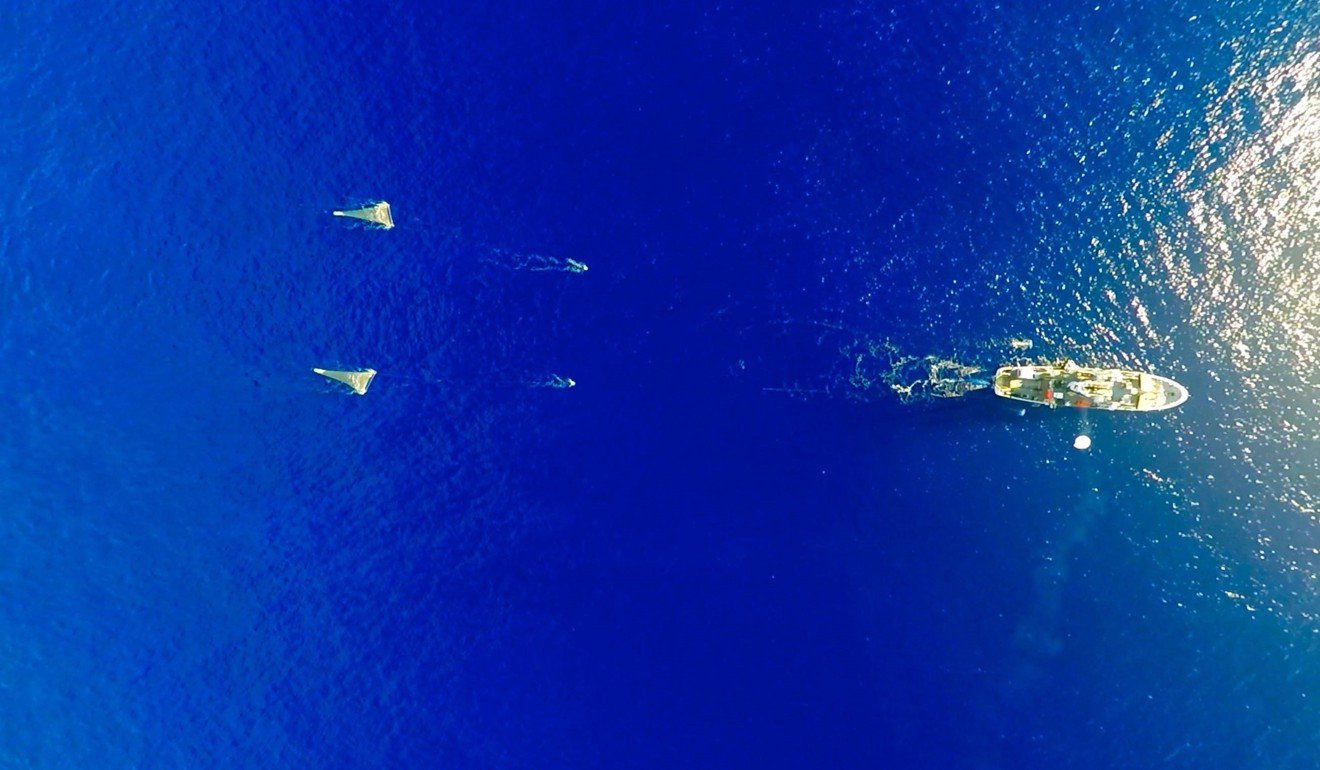
Alarm as Great Pacific Garbage Patch is 16 times bigger than expected, and expanding exponentially
The vast swirl of plastic debris, containing 1.8 trillion pieces of trash, is thought to have grown massively as a result of the 2011 Japanese tsunami
The Great Pacific Garbage Patch is getting greater. Twice the size of France, the floating mass is up to 16 times larger than previously thought – carrying about 79,000 tonnes of plastic – according to scientists who performed an aerial survey.
The discovery, published in the journal Scientific Reports, reveals that this plastic blight in the Pacific Ocean is still growing at what the researchers called an “exponential” pace.


The GPGP is just one of many large garbage patches in the ocean, seeded and fed by humans manufacturing and quickly discarding plastic products. Plastics are meant to last, and that is great for carrying your groceries in thin bags or holding a six-pack. It’s not so great when those plastics end up in the guts of sea turtles or strangle birds. Recent studies show that biofouled plastic can attract fish and seabirds and end up in the food chain. While the full effects of this aren’t yet known, scientists worry that this can lead to malnutrition and other problems. Large or small, plastics of all sizes can harm ocean life.

Lebreton and his colleagues decided to take a bird’s-eye view. They conducted aerial surveys of the patch while also sending boats to sample the debris and bring it all back to shore for analysis.
The researchers split the plastic they collected into four size categories: microplastic (0.05 to 0.5 centimetres), mesoplastic (0.5 to 5cm), macroplastic (5 to 50cm) and megaplastic (bigger than 50cm).

Part of the reason that larger plastics outweighed the other categories lay in all the fishing nets that accounted for 46 per cent of the garbage patch’s mass. Fishing nets are made to be durable, which is great for catching fish. But that durability is not great when they’re lost or abandoned (since they’re fairly cheap and easy to replace), because those nets can then float through the ocean, entangling and killing animals in their path.
Fifty plastic items had readable production dates: One from 1977, seven from the 1980s, 17 from the 1990s, 24 from the 2000s and one from 2010. Some 386 pieces had words from nine different languages – a third were in Japanese and a third were in Chinese.
The researchers think the patch may have grown in recent years in part because of the 2011 Japanese tsunami, which reportedly washed 4.5 million tonnes of debris into the sea instantly, 1.4 million of which could have been moved across the ocean surface.
The plastic that lived in the patch also shared certain characteristics, such as a small surface-to-volume ratio. Plastics with high surface-to-volume ratios, such as sheets and films, were probably biofouled or broken down into smaller fragments that did make it into the patch.
None of this, of course, counts all the plastics that may have sunk to the bottom of the ocean.
“Levels of plastic pollution in deep water layers and sea floor below the GPGP remain unknown,” the study authors wrote.

